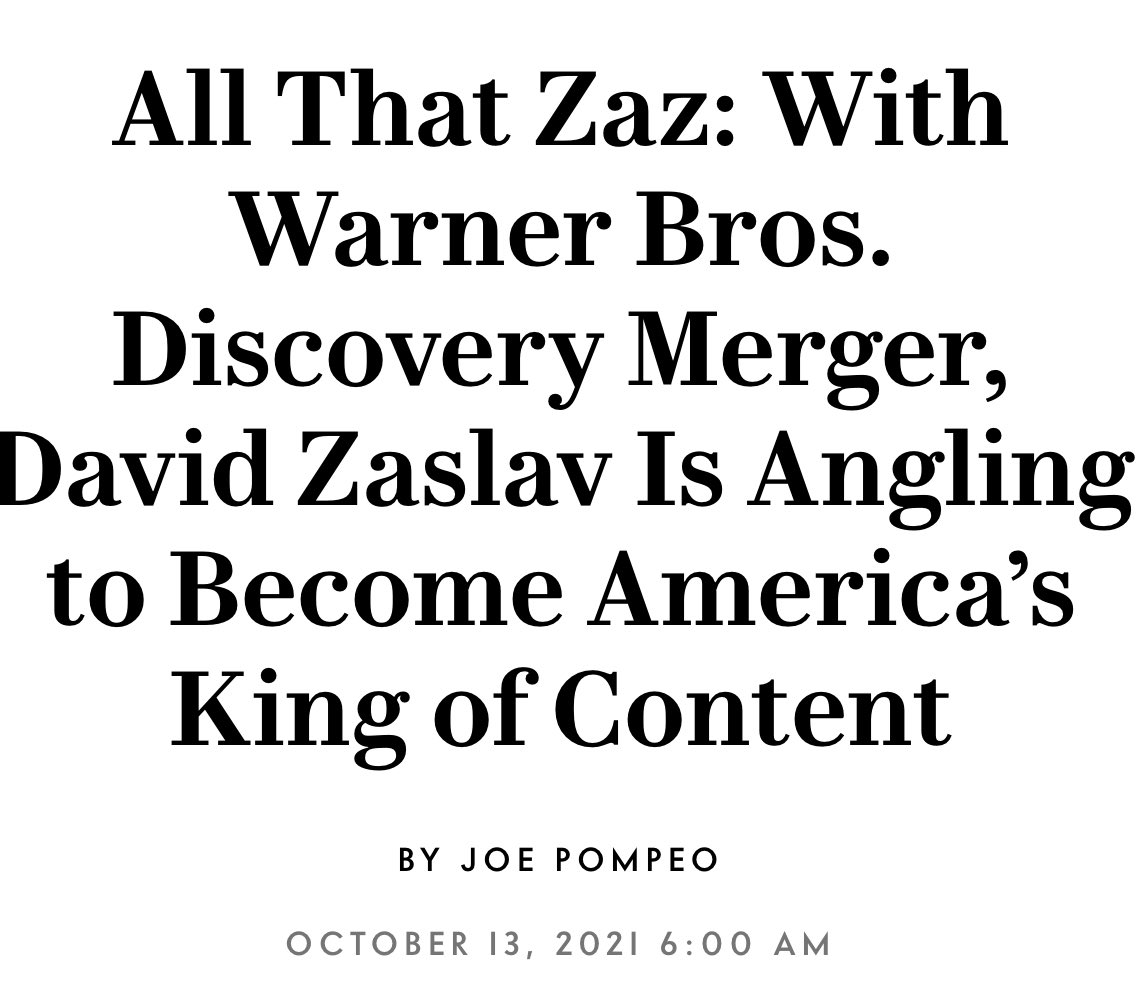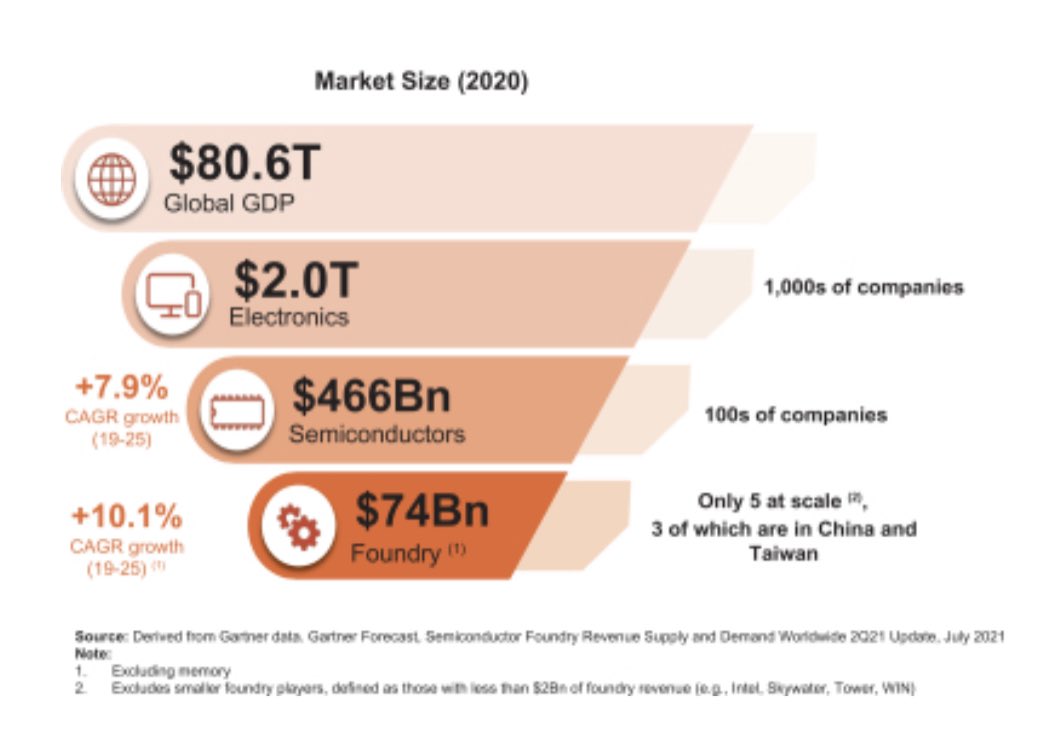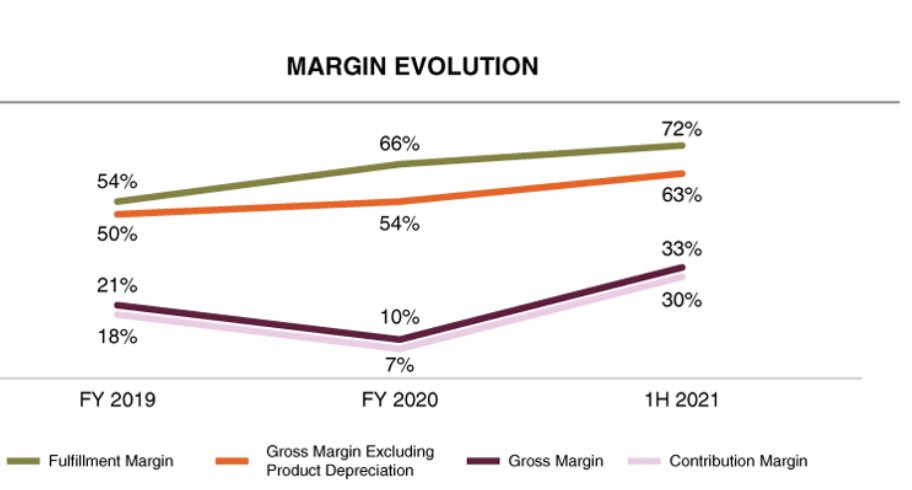
1/ A persistent power law is a signature of path dependence. Path dependence is often driven by preferential attachment. Path dependence is everywhere, if you know how to look for it.
The key insight is simple: People don’t make decisions independently.
axios.com/creator-econom…
The key insight is simple: People don’t make decisions independently.
axios.com/creator-econom…
2/ "We live in Extremistan, where black swans proliferate, winners tend to take all and the rest get nothing –there’s Domingo and a thousand opera singers working in Starbucks.” nytimes.com/2007/04/15/mag…
3/ Please put your Twitter Super Follows revenue into an investment account instead of spending it at The Dollar Store. Thanks in advance!
"Twitter’s creator platform Super Follows is off to an inauspicious start, with only ~ $6,000 in US iOS revenue in the first two weeks."
"Twitter’s creator platform Super Follows is off to an inauspicious start, with only ~ $6,000 in US iOS revenue in the first two weeks."
4/ People will not start making decisions independently because there's a tip jar or micropayments.
It isn't possible to make every decision in a day, week, month or lifetime independently.
Cumulative advantage springs from decision making heuristics correlated with survival.
It isn't possible to make every decision in a day, week, month or lifetime independently.
Cumulative advantage springs from decision making heuristics correlated with survival.

• • •
Missing some Tweet in this thread? You can try to
force a refresh













